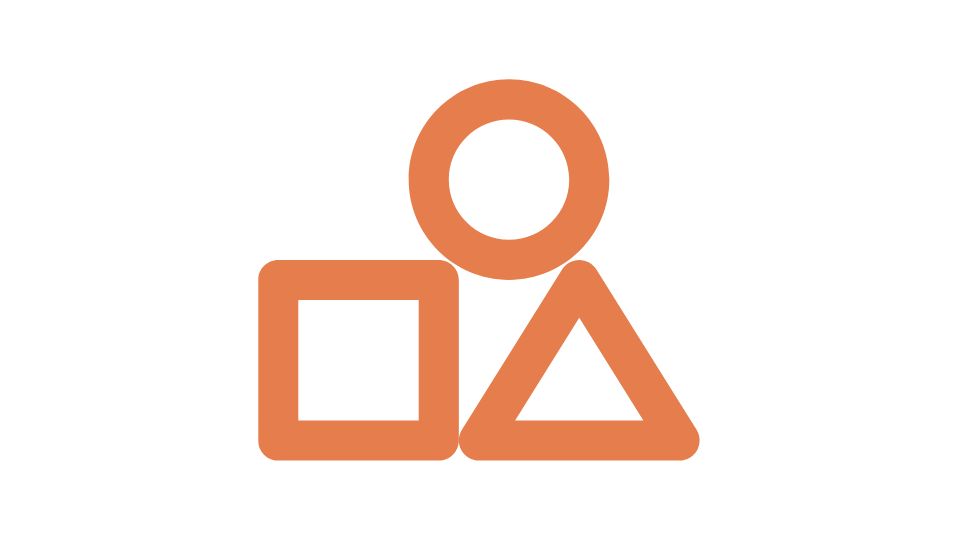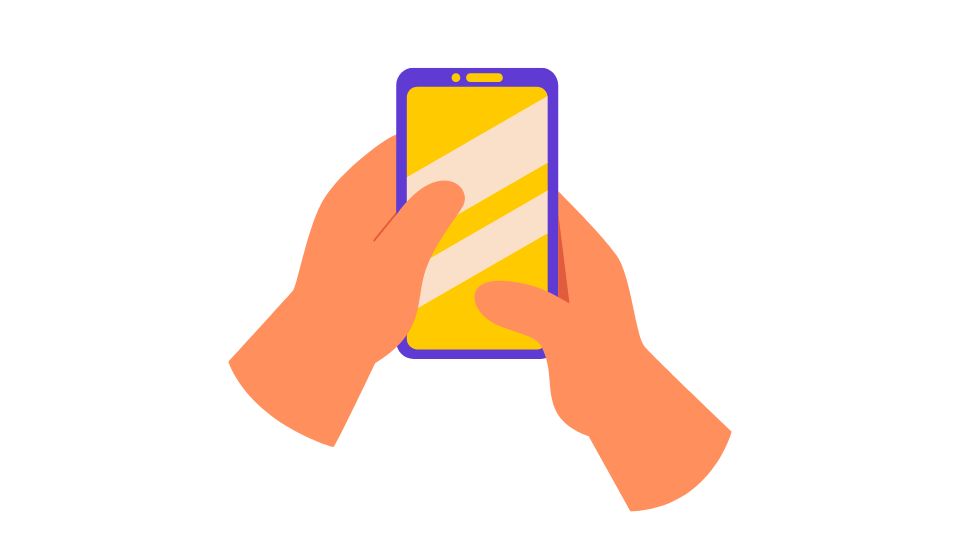Ever noticed how your kid’s diet impacts everything from their energy level to how much you’ll spend at the orthodontist in 10 years?
Keeping track of what they’re eating isn’t just helicopter parenting – it’s making sure those little bodies are getting what they need to grow up strong.
And yeah, you could try writing it all down in a notebook like it’s 1997, but there are some pretty cool apps that make tracking your kid’s meals way less painful.
Let’s dive into the world of kid-focused meal tracking apps – what works, what doesn’t, and which one might actually fit into your chaotic family life without adding more stress. (Because who needs more of that?)

The What and Why of Meal Tracking for Kids
Kids aren’t just tiny adults. Their nutritional needs are completely different – they need more of certain nutrients to support all that growing they’re doing.
Parents usually struggle with:
- Making sure meals are balanced (and not just chicken nuggets 7 days a week)
- Keeping track of allergies or food sensitivities
- Figuring out appropriate portion sizes
- Getting kids to actually eat something green occasionally
This is where meal tracking apps come in clutch. They help you log what your kids eat, see patterns in their diet, and make better choices without needing a nutrition degree.
Some apps even make it fun for kids to participate, turning healthy eating into a game rather than a punishment. (Smart move, app developers. Smart move.)
The Best Meal Tracking Apps for Families

1. HealthHQ Kids Health Tracker
HealthHQ goes beyond just food tracking and lets you monitor sleep, activity, and symptoms too. It’s like having a pediatrician in your pocket (but one that doesn’t charge $50 copays).
What makes it great for families:
- Barcode scanning for quick meal logging
- Helps identify patterns that might explain health issues
- Seasonal challenges and rewards to keep kids engaged
Parents especially love how it helps manage food allergies and sensitivities. The detailed health journal feature has helped many families identify food triggers that were previously mysteries.
2. MealByMeal: Text-Based Meal Tracking
Ever find yourself staring at a complicated app interface while your kid’s ice cream melts all over your hand? MealByMeal solves that problem with a brilliantly simple approach – just text what you eat.
Instead of fiddling with an app, you simply text your meals to the service, and it does all the analysis for you. This is perfect for:
- Parents who don’t have time to learn a complex app
- Kids who can text but might find traditional apps boring
- Families who want to track without pulling out their phone at every meal
MealByMeal tracks calories and macros effectively while removing the biggest barrier to consistent tracking – inconvenience. It’s like having a nutritionist who’s cool with text messages.
3. MyNetDiary
MyNetDiary is the Swiss Army knife of food tracking apps with its massive food database and user-friendly design.
The free version gives you:
- Barcode scanning (lifesaver at the grocery store)
- Basic calorie tracking
- Water intake monitoring
If you upgrade to premium, you get an AI meal scanner that can identify foods from photos, which kids find absolutely magical. It’s like playing a food detective game while learning about nutrition.
4. Lifesum
Lifesum takes a gentler approach to meal tracking, focusing on small improvements rather than perfect diets (because let’s be real, no kid’s diet is perfect).
What stands out:
- Multiple logging options (photos, voice, typing, or scanning)
- Positive reinforcement for healthy choices
- Colorful, engaging interface that doesn’t feel clinical
This positive approach makes Lifesum great for families who want to improve without creating food anxiety or obsession.
5. Cronometer
For the data-loving parents out there, Cronometer is your dream app. It tracks not just calories and macros but 84 micronutrients.
This level of detail is especially valuable if you’re dealing with:
- Picky eaters who might be missing key nutrients
- Medical conditions requiring specific dietary management
- Growth concerns that need nutritional investigation
While it’s more detailed, the interface remains approachable, and features like water tracking and sleep monitoring create a comprehensive health picture.
Other Kid-Friendly Options Worth Mentioning

- FoodTrackerPro: Great for tracking without getting bogged down in calorie counts
- Meal Snap: Takes photos of meals and gives quick nutritional info – perfect for tech-savvy kids
- Start Simple with MyPlate: Uses badges and challenges to make nutrition education fun
What to Look For in a Kid’s Meal Tracking App
Not all tracking apps are created equal, especially when it comes to family use. Here’s what matters:
| Feature | Why It Matters |
|---|---|
| Ease of Use | If it’s complicated, you’ll abandon it faster than that gym membership |
| Food Database Size | Needs to include kid favorites and not just kale varieties |
| Barcode Scanning | Because manually entering every Goldfish cracker is insanity |
| Allergy Tracking | Absolutely crucial for kids with dietary restrictions |
| Fun Factor | Gamification and rewards keep kids interested |
| Beyond Food | Sleep and activity tracking provides context for eating patterns |
| Customization | Kids have different needs at different ages |
Why MealByMeal Might Be Your Family’s Best Bet

MealByMeal stands out from the crowd with its text-based approach that eliminates the biggest obstacle to consistent tracking: convenience.
Think about it – you’re already texting all day. Sending a quick “PB&J sandwich, apple, milk” text is way easier than opening an app, searching a database, and logging each item separately while your kid is having a meltdown in the grocery store. 😱
This simplicity means you’re much more likely to stick with it long-term. And consistency is the key to actually getting useful insights from meal tracking.
It calculates calories and macros automatically, giving you the data you need without the hassle. For families who value practical solutions that actually fit into real life, MealByMeal hits the sweet spot between useful and usable.
The Bottom Line

The best meal tracking app for your family is the one you’ll actually use consistently.
Whether you choose the comprehensive approach of HealthHQ, the data-rich Cronometer, or the beautifully simple MealByMeal text system, what matters is finding a tool that works with your family’s lifestyle.
These apps do more than just count calories – they help build awareness about what your kids are eating and create opportunities for conversations about nutrition.
They can spot patterns you might miss (like that mysterious stomach ache that always follows dairy) and give you concrete data to discuss with healthcare providers.
By making nutrition tracking manageable and sometimes even fun, these apps help set the foundation for healthy eating habits that can last a lifetime.
And remember – no app replaces your parental intuition. These are tools to support your decision-making, not replace it. Because at the end of the day, you know your kid better than any algorithm ever will.




Leave a Reply